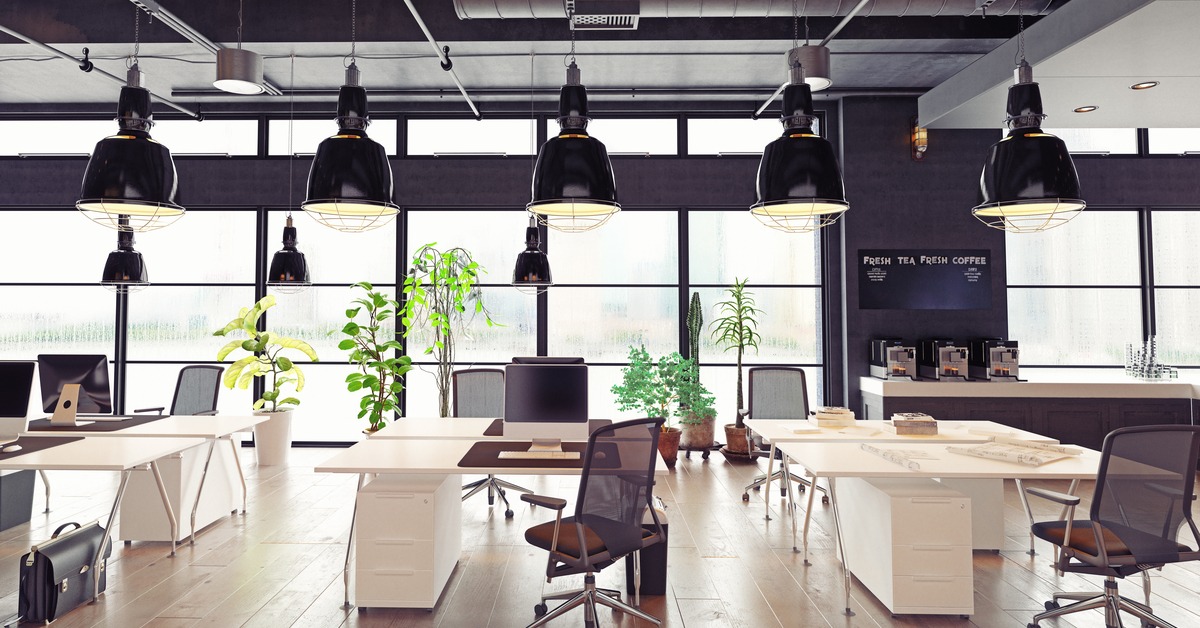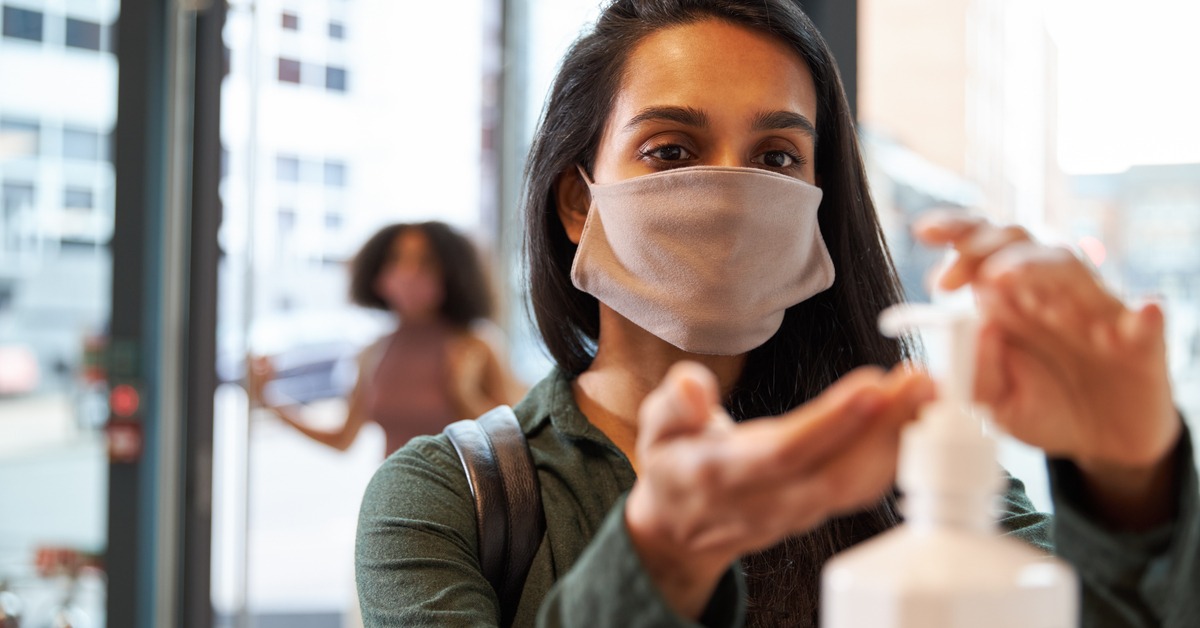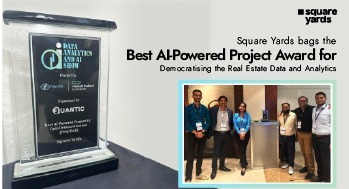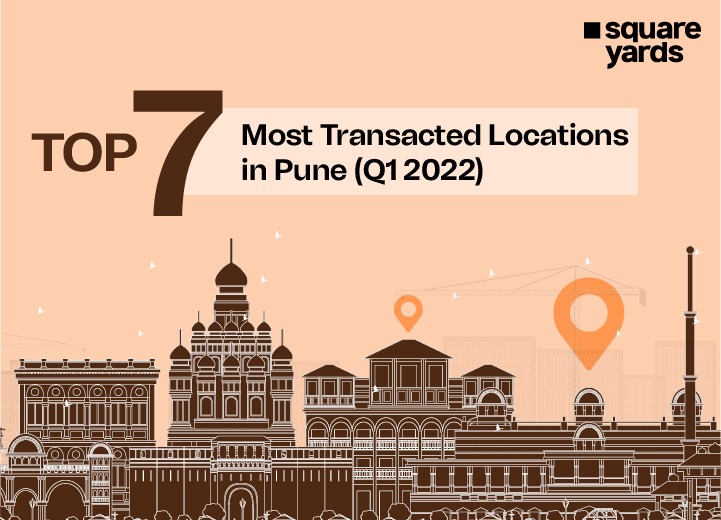Organisations are reimagining the office spaces with the prudent utilisation of technology, and resources. Let’s know more about these re-defined workspaces.
The simple joys of taking coffee breaks, brainstorming for hours in the conference room, scribbling ideas on white-boards, lunch breaks. We have socialised and collaborated on some successful campaigns in these common areas of our workplaces. The year 2020, made us miss this collective energy of working together in a space full of people. Now, workspaces don’t look the same anymore. Let’s have a look at some COVID re-defined workspaces.
As the lockdown lifted and some of the organisations preferred their employees to work from a professional space, addressing the social distancing issues and uncluttering office spaces were the major challenges for a conventional office set-up. A lot of organisations have risen to the occasion and migrated to a new way of working.
Re-defined Workspaces: Flexibility at Co-working Spaces
The co-working spaces fit the bill. With their inherent flexibility, ability to offer safely distant workstations, plug & play options, the co-working spaces have emerged as one of the major solutions to workplace woes lately. Moreover, they are easy on the pocket too. In conclusion, to make the working spaces comfortable and less susceptible to infections, major businesses plan to move a significant portion of their workforce to co-working facilities. Most of the organisations are adopting a new approach of one floor in ten cities instead of ten floors in one. Co-working spaces enable organisations with a major advantage of flexibility, savings, and easy entry and exit policies.

Inevitable Safety Measures at Workspaces
Gone are the days when cleaning used to be a job, done before the beginning of the day or post work hours. Now, to win your employees’ trust, frequent sanitisations is the need of the hour. Workspaces have been adopting technology measures like automatic doors, smart lightings, hands-free check-ins, sensor taps etc. Wide dedicated spaces for various activities and cafeterias with immunity boosting food options are being preferred at workplaces. Move over common conference rooms, now plexiglass shields between the desks are the needs of today.
Re-defined Workspaces: Keeping the Office Germ Free
Organisations are adopting technologies like bathrooms with sensors in taps, mobile phone apps to control lighting, temperature, and corporate scan cards to operate elevators. Many companies are using ultra-violet light to clean viruses and bacteria. There is a QR Code at every desk, conference room. And whenever somebody is done with their work or meeting, they scan a QR code which notifies the porter to sanitise the space.

Sustainable Architecture at Workspaces
Sustainable Co-working spaces are quite in vogue these days. To forge trust and reduce health risks, co-working spaces are introducing innovative interior options like retractable roofs, eliminating the use of air-conditioning ducts and carpets, and eliminating the possibility of pollution and dust.
CoCoon, – a co-working place in Hong Kong uses bamboo on floors, non-toxic paints and LED lights.
Green Spaces – a working space in Denver has about 160 solar panels on its roof, which allows significant cost saving.
According to a report by Mckinsey, the percentage of time spent in head offices of any organisation will depreciate by 12 to 9 percent.
However, the interest in flexible workspaces is going to remain the same or could also rise further.
COVID has redefined and redesigned our workspaces. Companies are having technology-based solutions in place to make their workspace more humane and safer. Large organisations are adapting the co-working set-up to reinforce the community spirit and come out as winners in these times. Workspaces are de-congested, modified to support all impromptu events, social connections with ultra-efficiency, and social distancing measures.































